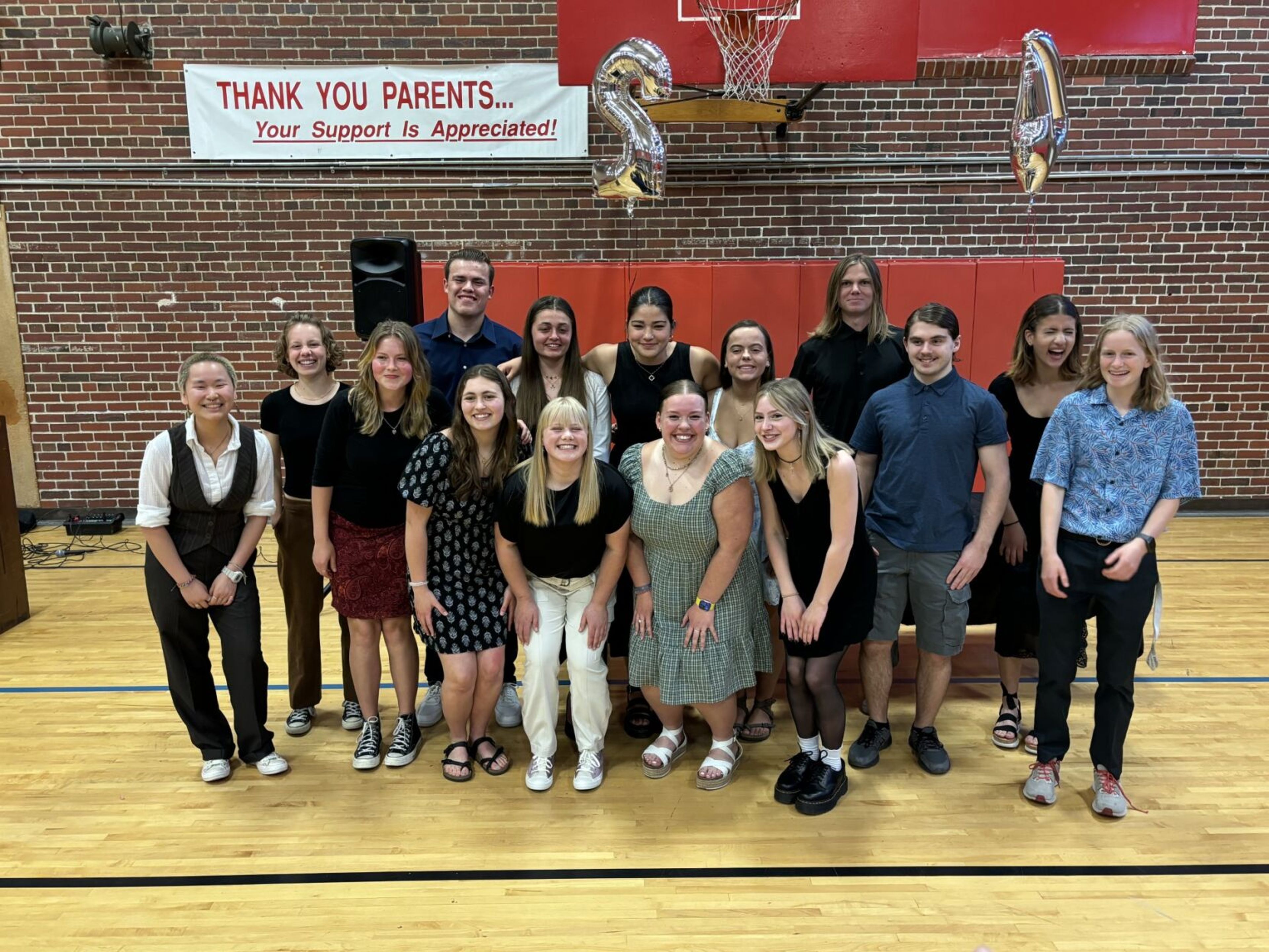A lesson for the eons
Pullman Montessori students have spent the school year studying the plants, animals and history of the once-enormous Palouse Prairie
After taking to the hills and speaking with local professionals, Pullman Community Montessori students say the Palouse Prairie doesn’t need to be preserved. Instead, they found the environment needs to be conserved and restored.
The charter school’s sixth and seventh grade classes have spent the school year learning about the Palouse Prairie, including its plants, animals, history and more. They decided to create a traveling museum exhibit, which can be seen at the local Grocery Outlet franchise.
Teacher David Schneider said the project was meant to engage kids with social studies and science while also letting students explore the area they live in.
Jordan Bovee, instructional assistant, said it was a good way to connect students with nature.
“A big part of our program is experiential learning,” Bovee said. “We want students to be able to interact with the world and learn in ways they may not be able to in the classroom.”
The Montessori school will frequently take students on expeditions, he said. Bovee described them like field trips, but they occur more often than in traditional settings.
The trips center around a guiding question, Schneider said. Students go out into the community and meet with experts to delve into a topic. This year, they were asked “Is it worth trying to preserve the Palouse Prairie?”
Bovee said students were eager to find a solution, and they took off on their own. He added he and Schneider had to keep up with the kids to support projects they presented.
Students spent the first half of the fall semester researching and began working on the exhibit in late November. Bovee said the kids came up with and built all the installations.
“It was really up to us to make their ideas a reality,” Bovee said.
The exhibit includes a homemade spinner showing different types of information about the Palouse Prairie, as well as three soil samples, an interactive light-up button display showing the region’s history and clay tiles pressed with flowers from the area.
Schneider said engineers at Schweitzer Engineering Laboratories taught students how to wire the interactive display.
Olive Francis, a seventh grader, said the coolest thing she learned was that the Palouse Prairie used to be huge but is now 0.1% of its former size. That’s not good, she said, because animals and plants need space to live. In this case, the area has been largely taken up by farmland.
“One of the kids in my class said if (the Palouse) was my body, the Palouse Prairie would only be my toe,” Francis said.
She added her favorite part about the project was going on trips and visiting new places, as well as having time to hang out with her friends and collect plants.
Ariana K, a sixth grader, said she didn’t know this before, but there was a flood on the Palouse in 11,000 B.C. Audri Baker, another sixth grader, said her favorite part about the project was making the soil installation.
Kai VanAken, another sixth grader, said he liked cutting wood for the project and using power tools. He said he also liked painting parts of the displays.
Along with the exhibit, Montessori adolescent students created their own footprints that were placed around the superstore.
Zoey Porter, a third grader, said she placed a cat paw print over her own footprint. She said it was a lot of fun, but it took a long time figuring out what design to use.
Pearce can be reached at epearce@dnews.com












